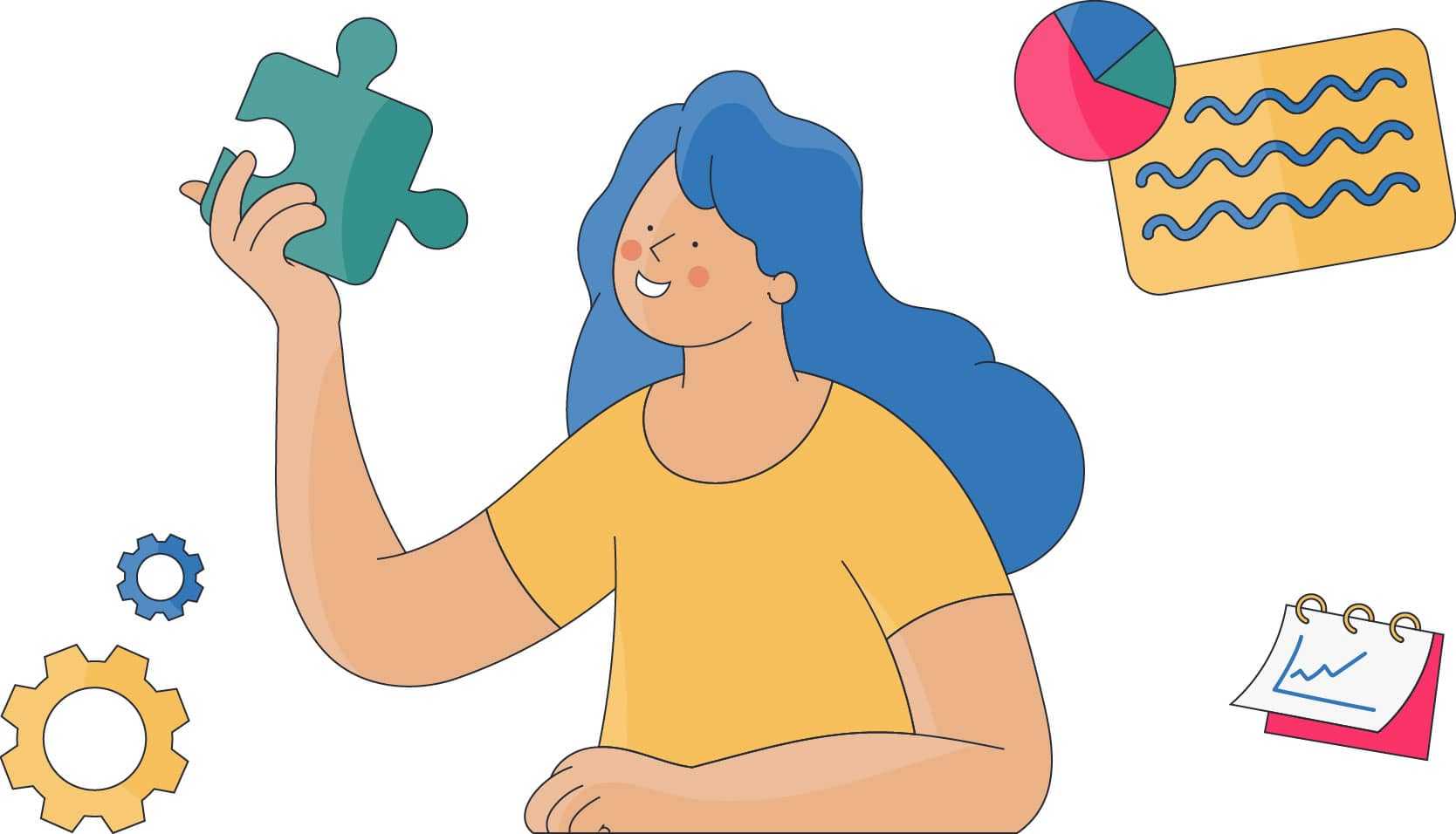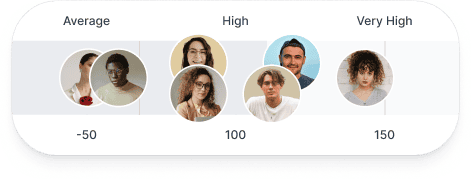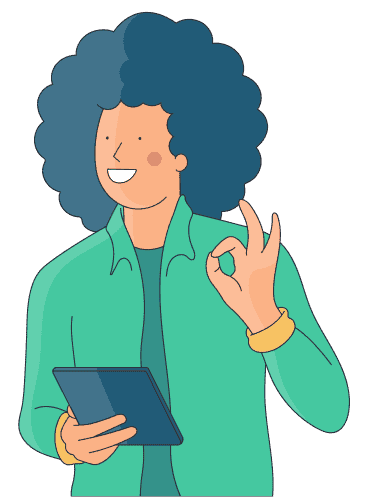Web designers layout and design the online presence of businesses and individuals. They combine design theory and user experience research with their eye for beauty. Typical tasks include:
- Create basic wireframes, sample pages, and mockups for client review and user testing.
- Use color theory to create compelling visual effects.
- Create navigation and user interface designs that result in a clean and intuitive user experience.
- Coordinate website refreshes to align with recent trends and audience preferences.
- Collaborate with copywriters and graphic designers to create high performing pages.
- Translate SEO research into search-optimized websites and individual pages.
You'll need the right platforms to accomplish these tasks. Essential web design tools include:
- CMS platforms such as WordPress.
- Graphic design software such as Adobe Photoshop and Illustrator.
- Web coding apps such as Adobe Dreamweaver and Google Web Designer.
- Prototyping tools such as Figma, InVision, and Adobe XD.
Every organization needs a website. By extension, every organization needs a web designer. They might hire in-house designers or work with an agency. As a result, you can find work in both individual marketing departments and in a variety of marketing agencies. You can also work as a freelance web designer in the public or private sectors.











.png)








%20(1)-2.png)
